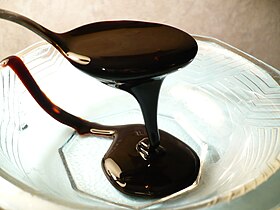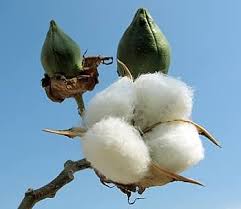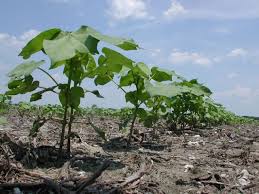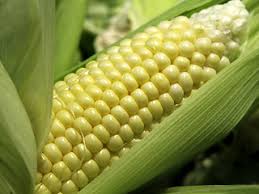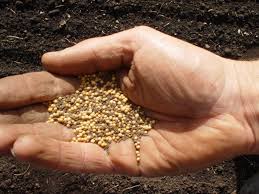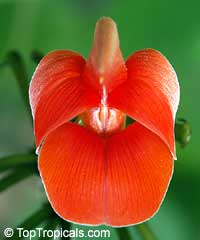Cotton
There are several growing seasons in Punjab because of the subtropical climate. So...with crop rotation, cotton planting takes it turn along with wheat, corn and rice.
This shabad in in raag Aasaa, by Guru Nanak, on Ang 471
ਸਲੋਕੁ ਮਃ ੧ ॥
salok ma 1 ||
Shalok, First Mehl:
ਦਇਆ
ਕਪਾਹ ਸੰਤੋਖੁ ਸੂਤੁ ਜਤੁ ਗੰਢੀ ਸਤੁ ਵਟੁ ॥
dhaeiaa
kapaah santhokh sooth jath gandtee sath vatt ||
Make compassion the
cotton, contentment the thread, modesty the knot and truth the twist.
ਏਹੁ ਜਨੇਊ ਜੀਅ ਕਾ ਹਈ ਤ ਪਾਡੇ ਘਤੁ ॥
eaehu janaeoo jeea kaa hee th paaddae ghath ||
This is the sacred thread of the soul; if you have it, then go ahead and put it on me.
ਨਾ ਏਹੁ ਤੁਟੈ ਨ ਮਲੁ ਲਗੈ ਨਾ ਏਹੁ ਜਲੈ ਨ ਜਾਇ ॥
naa eaehu thuttai naa mal lagai naa eaehu jalai n jaae ||
It does not break, it cannot be soiled by filth, it cannot be burnt, or lost.
ਧੰਨੁ ਸੁ ਮਾਣਸ ਨਾਨਕਾ ਜੋ ਗਲਿ ਚਲੇ ਪਾਇ ॥
dhhann s maanas naanakaa jo gal chalae paae ||
Blessed are those mortal beings, O Nanak, who wear such a thread around their necks.
ਚਉਕੜਿ ਮੁਲਿ ਅਣਾਇਆ ਬਹਿ ਚਉਕੈ ਪਾਇਆ ॥
choukarr mul anaaeiaa behi choukai paaeiaa ||
You buy the thread for a few shells, and seated in your enclosure, you put it on.
ਸਿਖਾ ਕੰਨਿ ਚੜਾਈਆ ਗੁਰੁ ਬ੍ਰਾਹਮਣੁ ਥਿਆ ॥
sikhaa kann charraaeeaa gur braahaman thhiaa ||
Whispering instructions into others' ears, the Brahmin becomes a guru.
ਓਹੁ ਮੁਆ ਓਹੁ ਝੜਿ ਪਇਆ ਵੇਤਗਾ ਗਇਆ ॥੧॥
ouhu muaa ouhu jharr paeiaa vaethagaa gaeiaa ||1||
But he dies, and the sacred thread falls away, and the soul departs without it. ||1||
In Gurmukhi
ਕਪਾਹ
kapaah
In Modern Punjabi
n. 1. Sewing cotton. Sut. M; sutar. M;
2. Raw cotton. Kapah. 3. Seeded cotton. Kaah da buta. M; 4. Seedd. Cotton run. F; 5. Cotton seed. Warewan. M; wanewan. M; 6. Cotton stalks after picking. Manchitti. F; 7. Cotton bud. Tinda. M; 8. Cotton flower. Phul.
